How much land do I need for…A cow? A horse? A goat? A lamb?Chickens? This is a common question people who are interested in having animals ask.
How much land do I need for…
A cow?
A horse?
A goat?
A lamb?
Chickens?
This is a common question people who are interested in having animals ask. The answer depends on a few things. Most people like the idea of having grazing animals, so we are mostly going to focus there. Before I start, let’s get one thing straight.
A pasture contains grass and provides adequate feed for your animals. A paddock does not and is usually just dirt and weeds.
Now that we are on the same page about that :). Technically, when discussing how much land an animal needs, you calculate the production of your pasture and the intake of your animals and that tells you the “animal units” your pasture can support. Since I doubt any of you want to get that technical, we will simplify. A beef steer is a little less than one animal unit. A horse is a little more. Sheep and goats are about half of one. So what does that mean? Again, without getting into the technical calculations, if your pasture consistently grows mostly grass that your animals will eat, it can support a certain number of animals units. The average usually ends up being about an acre per horse and cow and about half an acre per sheep and goats. The number of animals you have per acre is called the stocking rate.
Are you trying to have the bulk of their summer feed come from grazing?
Now let’s talk about the “if’s” of the previous paragraph. If your pasture grows grass. A pasture that is going to support animals must be mostly grass. If it is weeds, they won’t have adequate feed. If it is partially weeds, you need to have a plan to get them under control or they will overtake your pasture eventually. Our pasture was more weeds than grass when we started and it’s still got a long ways to go!
If it is dirt, well then it isn’t a pasture. You will need to plant an appropriate seed mix and wait at least a year before putting animals on your pasture. If it is a legume {alfalfa, clover, etc.}, you will have bloat problems for sure and will need to inter-seed an appropriate grass. Usually pastures start out as a mix of species and then become one species over time due to selective grazing. Horses are really bad about doing this. They are also really bad about eating the pasture down evenly. Having one species is fine, as long as your animals will eat it consistently. In the photo below, you can see the tall patch of grass and all the grass around it is eaten really low.
Do you have an effective grazing strategy?
Having a grazing strategy is important for a couple reasons: It will make the pasture you have more effective and if needed, it can allow you to increase your stocking rate slightly. A grazing strategy is how you are going to allow your animals to graze your land. You could give them free run of all of it, or you could divide it. Dividing your pasture is a good way to encourage animals to graze more evenly. It is also a great way to rest part of your pasture and allow it to grow back so you constantly have a supply of fresh feed. The most effective division is 4-6 parts, but if you only have a couple acres you can get away with 2 if you have an appropriate stocking rate. Right now, my pasture is three acres and I have 1 horse on it so dividing it into 2 parts is totally adequate. This is my personal favorite rotation system {source}:
But it is pretty much impossible with the shape of my pasture. So get creative and do whatever works for your land! My favorite method for my pasture, since it is long and narrow, is to set up a temporary fence and move it according to where the pasture needs grazed vs. rested:
Do you have access to adequate water for your land?
You also need to make sure you have adequate water for your pasture. If it grows really well in the spring but you can’t water it during the summer, you may want to think about replanting to more dry land friendly species. If you do have water, you need to make sure you have enough for your pasture. You also need to make sure you have a delivery method. Do you have a riser that requires and opener? Do you have pipe or an alternative sprinkler method?
Do you have a plan for winter feeding?
So you have about an acre per animal to graze, but can you buy hay for the winter? An animal that isn’t working hard usually needs between 1-2% of their body weight in feed per day. An animal that is being worked or producing milk or pregnant will need closer to 2-2.5%. In the intermountain west, we are lucky if we can graze 4 months out of the year. That means buying a lot of hay. Make sure you factor in this cost before purchasing an animal. Also make sure you have researched an appropriate hay for your animals. The type and quality of the hay will effect the cost.
Do you have a manure management plan?
Your animals will poop – a lot. Do you have a way to deal with all of the manure? It is beneficial to spread it back over your pasture {helps control parasites and is great fertilizer} but you will need something to spread it with. It also makes great compost, but if not done correctly your compost can just end up spreading weed seeds from your pasture all over where you use the compost.
A note about grazing chickens.
First of all, chickens can’t get all of their essential nutrients from grazing. They can get a lot of it, but you will still need to provide them with a complete pellet or crumble. I don’t supplement oyster shell or anything else and the eggs are yolks are deep orange and the shells are just right. Just based on my chickens, I would say that they need 30-40 square feet per chicken if you want to graze them. You could do less but you will need to move them every morning. My young ones also got a whole lot better at grazing and foraging once they were in with Stella, my old hen. She showed them how to do it, really. I also find that if I let them out of their tractor and prop it up so they can get back in, they go in there to cool off, get a drink, and nap. I also have no problem getting them to come when I need to get them in for the night because I always call them and feed them in the tractor. Throwing in a little scratch and kitchen scraps also helps. Again, Stella taught the younger ones this skill. Grazing chickens is a great way to control weeds and get a high nitrogen fertilizer on your pasture. I rotate the chickens on when I rotate the horse off, they naturally go where the weeds are and where she didn’t eat down enough. I actually need to build a larger tractor already. I got more hens then I was planning on! I don’t like having them out unless I am home and can check on them because of predators.
Wrap up:
I don’t mean to be discouraging with this list, I only mean to provide food for thought. I knew a lot about pasture management and animal husbandry when we bought our property but I knew very little about water and manure management. There was a HUGE learning curve! You will figure it out as you go along, but it is so much easier when you know a little bit before you start! Your land is also unique, you will learn what works well for your land and what doesn’t. That’s why all farmers can’t all follow the same protocol, each persons land is unique. Another thing I have learned: If you take care of the land, it will give back. Seriously. One day I’ll tell some stories.
Oh, and the main photo? It looks so perfect because it’s a wheat field {or barley, I can never tell those two apart!}. One day my pasture will look that great!!
Pin this farm tip on your Hobby Farming board to SAVE it for later! Follow Longbourn Farm on Pinterest for more great tips, ideas, and tutorials!
[et_bloom_inline optin_id=”optin_4″]
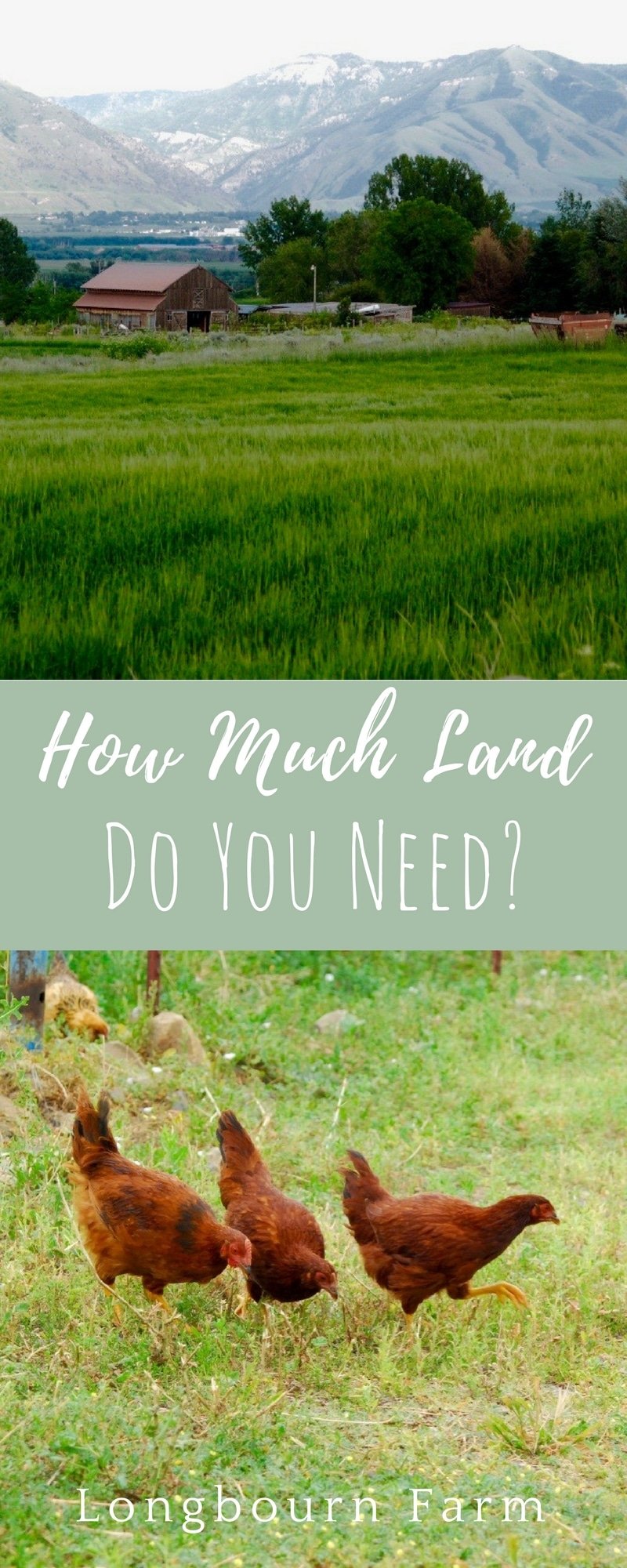
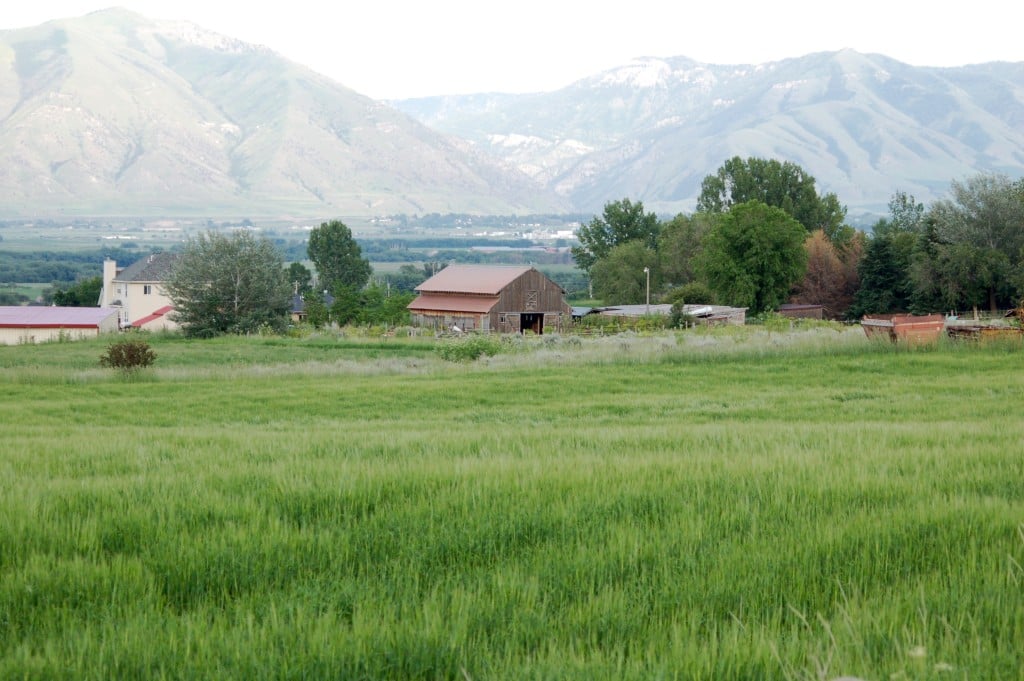






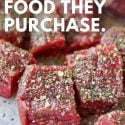
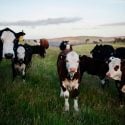
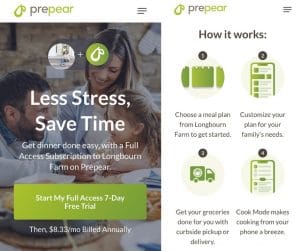

Leave a Reply